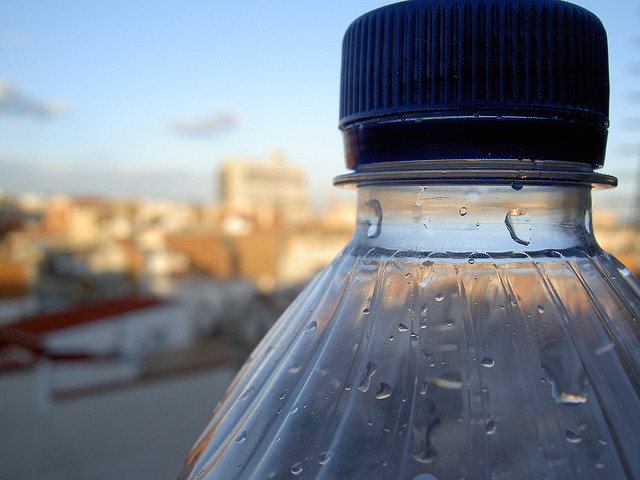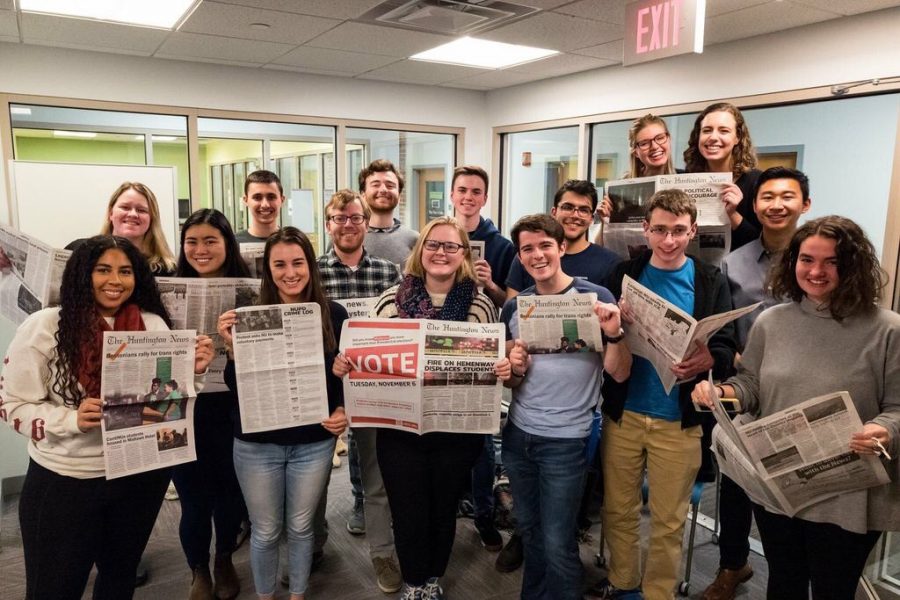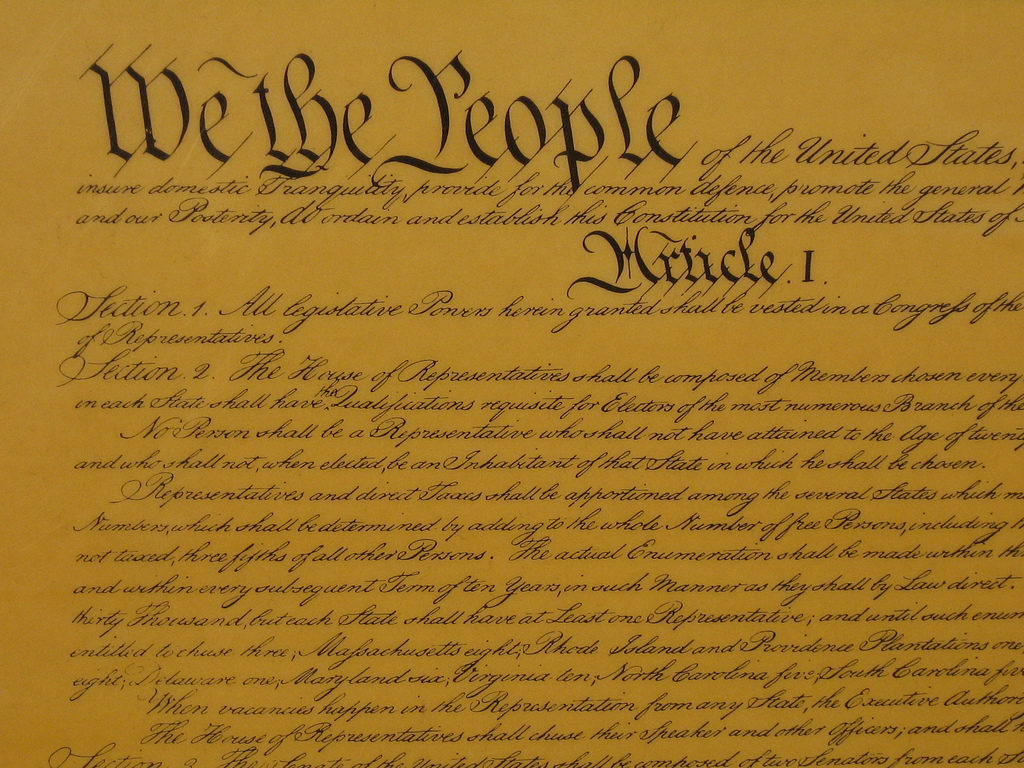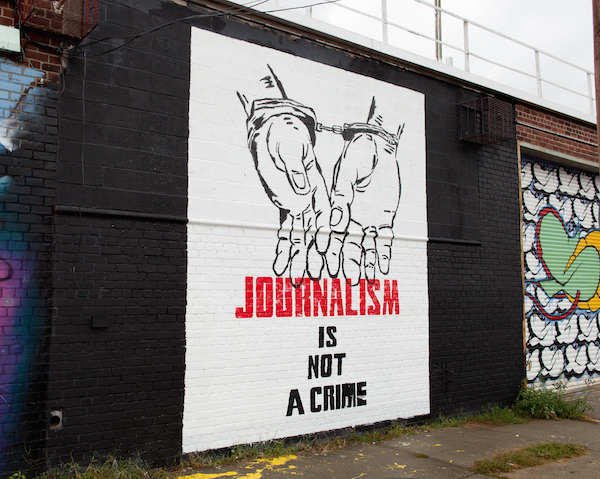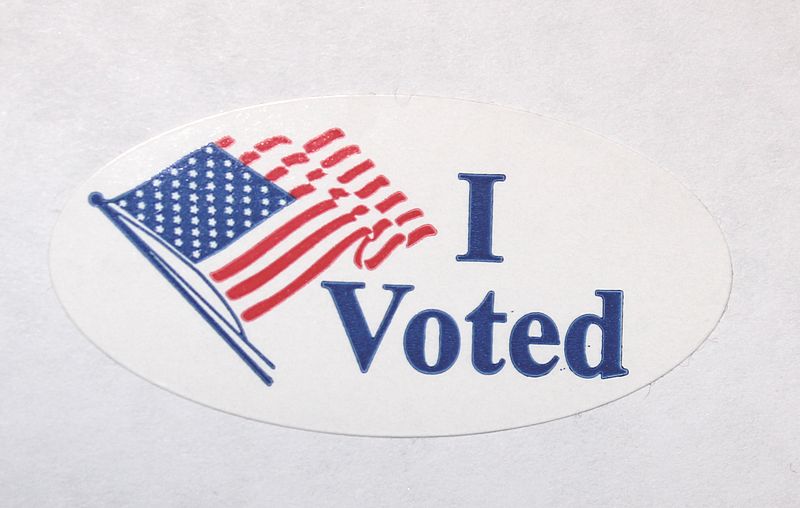Bottled water giant Nestlé has come under fire – again – for purchasing a well in Ontario that Centre Wellington, a small Canadian township, had been trying to buy, according to The Canadian Press.
According to Business Insider, Mayor Kelly Linton said the township had hoped to purchase the well to ensure that citizens would have a guaranteed water supply “safe from commercial water taking.” Nestlé originally placed a conditional offer on the well in March 2015. When Centre Wellington made a counter-offer in July, Nestlé exercised its first right of refusal and purchased the well, which it will use as a supplementary water source for a nearby plant in Aberfoyle that bottles up to 3.6 million liters of water per day.
For those acquainted with the California drought in the U.S., it isn’t much of a stretch to draw parallels. According to the BBC, Nestlé extracted 36 million gallons of water from San Bernardino National Forest last year to bottle and sell, even as Californians were ordered to cut their water use.
Nestlé’s Californian presence has drawn outrage from environmentalists and water rights activists. Retired wildlife biologist Steve Loe, a critic of Nestlé’s water extraction in the forest, says he is motivated by concern for future generations.
“I don’t care about my legacy – I care about the creek and my family,” said Loe in a May 3 BBC interview. “I have grandkids and kids that I want to leave a good planet for them, not a dead planet.”
However, even as California’s drought rages on, it is worth examining how much of the blame rests on Nestlé’s shoulders. According to the International Bottled Water Association, about 3 billion gallons a year are used to make bottled water in the state. By comparison, the city of Los Angeles alone uses more than that in tap water in one week.
Nestlé exercises some of its power in California through something of a legal loophole. According to Salon, the company has a 25-year contract with the Morongo Band of Cahuila Mission Indians to take water from wells in Millard Canyon in the desert city of Cabazon. Morongo does not provide statistics on how much water Nestlé pumps out of the spring, but independent statistics estimate the total to be between 200 and 250 million gallons a year.
While it’s difficult, considering the history of America’s relationship with indigenous people, to criticize the Morongo tribe itself, the trend of corporations partnering with tribal nations to evade federal laws or restrictions is notable. For example, an online payday-lending service located on Otoe-Missouria tribal lands in Oklahoma charges 448 percent interest to borrowers nationwide, even those living in states that have banned payday–lending. At best, the ethical considerations are sketchy; at worst, corporations – including Nestlé – are exploiting people and hiding behind Native Americans to do so.
Nestlé is aware of its critics. It has an entire page on its website dedicated to frequently asked questions about water scarcity in California. The company does appear to strive for transparency, citing several statistics: The question “How much water do you withdraw in California?” is answered with “Less than 0.008 percent of the total,” followed by metrics on California’s water supply.
Nestlé also points out that maybe it is not the right scapegoat for California’s drought: “If Nestlé were to shut down all of its plants in California, the resulting annual savings would be less than 0.3 percent of the total the governor says the state needs residential and public users to save.”
The drought in California is a chronic natural disaster that impacts the entire nation. However, in looking to solve it, we have to consider whether it’s worth our time and effort to criticize corporations like Nestlé when they account for so little of the statewide water extraction. Instead, we ought to place our trust in the State Water Resources Control Board, which announced earlier this month that water conservation has remained steady even after the state government relaxed conservation requirements. These people know what they’re doing.
Photo courtesy of Steve, Creative Commons


